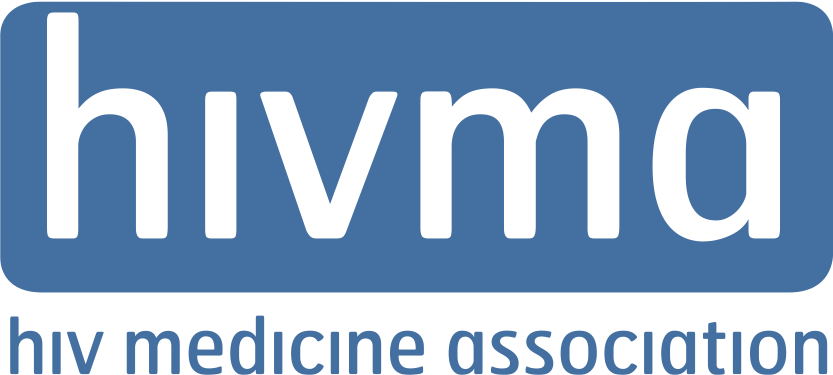08/14/2018
NEWS RELEASE
Improved compensation, expanded mentorship and training opportunities, and concrete measures to improve workforce diversity are all needed to address attrition from the ranks of physician scientists specializing in infectious diseases, and to ensure that the next generation of that work force is sufficient to bring quests for new life-saving treatments and cures to fruition, according to recommendations released today by three medical societies.
The numbers of infectious diseases trainees pursuing opportunities as physician researchers has steadily declined in recent years, even as needs for biomedical research to tackle emerging as well as established diseases continue, the Infectious Diseases Society of America, the HIV Medicine Association and the Pediatric Infectious Diseases Society note in Policy Recommendations for Optimizing the Infectious Diseases Physician-Scientist Workforce published in the Journal of Infectious Diseases today. Enumerating challenges facing physicians specializing in infectious diseases and filling the roles of both clinician and scientist, the authors of the article write that efforts to address attrition and bring new trainees into the field will require attention from federal, university, and professional entities.
Inadequate funding for fellowship opportunities as well as steep compensation disparities are among the factors driving the decline in numbers, according to the article – with median pay 20 percent less for infectious diseases researchers than for hospital or clinic employed infectious diseases physicians, and 27 percent less for those in private practice. In addition, structural barriers as well as implicit bias, leading to lower training completion and to significant pay disparities, also have limited entry into a field in which racial and gender diversity is critical, the authors write.
The authors recommend specific steps to increase both the number and quality of training opportunities, including expanded entry criteria for federal grant opportunities and collaborations between research and advocacy organizations.

